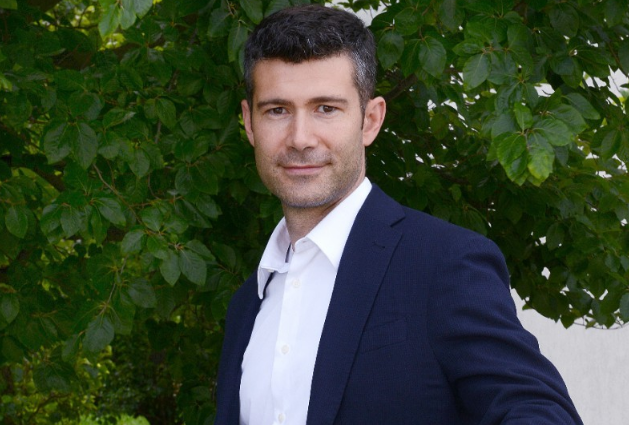Andrea Ferro, Vice President of Power & IT Systems for EMEA at Vertiv said that the rise of artificial intelligence (AI) is reshaping telecommunications infrastructure, driving a shift from traditional connectivity to AI-powered network intelligence.
Speaking on the evolving demands of digital infrastructure, Ferro emphasized that AI’s transformative impact is redefining how telecom networks are planned and deployed across the ecosystem.
“We are witnessing a fundamental shift in expectations,” Ferro said. “AI systems demand unprecedented responsiveness and scale, which is changing the way digital infrastructure is designed.” This transformation extends beyond centralized data centers, with compute and storage increasingly positioned closer to users to support applications like network optimization, predictive maintenance, and real-time analytics. “It’s no longer just about centralized capacity,” he added.
Ferro highlighted the technical challenges of this shift, noting that traditional rack densities in telecom facilities, typically 5-10kW, is giving way to AI-ready configurations requiring 30-80kW or more. To meet these demands, Vertiv has introduced its 360AI reference architectures, pre-engineered systems integrating power, cooling, and monitoring tailored for high-density AI workloads. “These solutions are critical for supporting the intense requirements of AI-driven networks,” Ferro explained.
The integration of AI into telecom infrastructure is not without challenges. Many existing facilities were not designed for such high rack loads or the advanced cooling systems needed for AI servers, which generate significantly more heat than legacy equipment. Vertiv’s solutions, including high-density options from its acquisition of Great Lakes and the CoolChip CDU series, offer retrofit-friendly designs that balance AI capabilities with existing network functions. “A combination of retrofitting hub sites and deploying purpose-built edge capacity is often the optimal approach,” Ferro noted.
READ ALSO: UBER LAUNCHES APP-BASED SAFARIS IN KENYA
AI workloads, used for tasks like real-time traffic analysis and autonomous network management, also introduce variability that differs from traditional telecom applications. “These workloads require intelligent power management to handle diverse loads while maintaining the isolation and redundancy carrier networks demand,” Ferro said. Structured cabling is equally critical to support both high-bandwidth AI processing and legacy connectivity at edge sites.
Looking ahead, Ferro stressed the long-term implications of infrastructure decisions. “AI at the telecommunications edge is about creating intelligent, adaptive networks that can evolve with changing demands,” he said. “The choices made today will determine how effectively networks can leverage AI innovations for years to come.” With Vertiv’s focus on scalable, high-density solutions, the company is positioning itself to lead the telecom industry’s AI-driven transformation.




